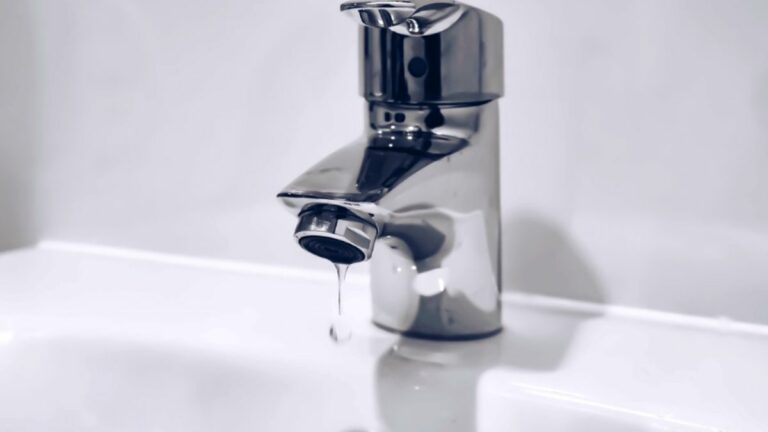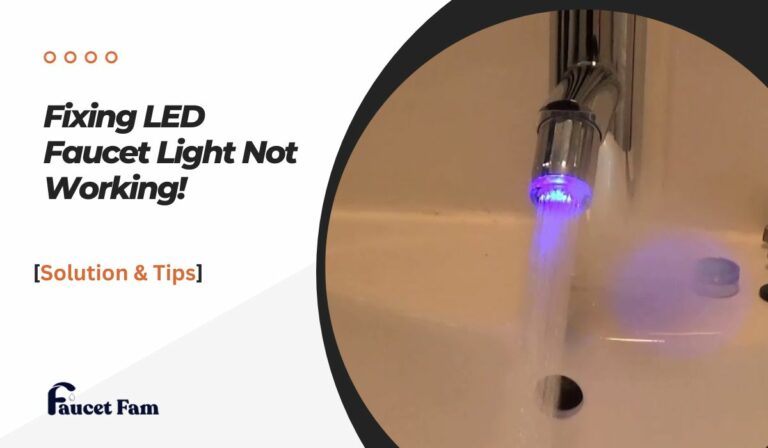How to Remove Shower Arm
First, shut off your water supply and drain any remaining water by turning on the shower faucet. Next, protect the showerhead’s finish with a cloth and loosen it by turning counterclockwise using a wrench or pliers. Then, wrap the shower arm with a cloth to avoid scratches and carefully unscrew it from the wall pipe, using penetrating oil if it’s stuck. Once removed, clean the pipe threads before installing a new arm. Keep going to get tips on ensuring a tight, leak-free fit.
Gather the Necessary Tools and Materials
Before you begin removing the shower arm, make sure you’ve gathered all the necessary tools and materials. You’ll need an adjustable wrench or a pair of pliers to grip and turn the shower arm. Wrap the jaws of your tool with a cloth or masking tape to prevent scratching the metal finish.
Have some plumber’s tape (Teflon tape) handy for when you reinstall the arm, ensuring a watertight seal. A cloth or rag will help you clean any residue or water drips.
Optional but helpful is a pipe wrench if the shower arm is stuck. Finally, keep a bucket or towel nearby to catch any water that might drip during removal.
Having everything ready will make the process smoother and prevent interruptions.
Shut Off the Water Supply
Since water can cause damage and make the removal messy, you’ll want to shut off the water supply to your shower before you start. Locate the main water valve in your home—usually found near the water meter or where the main line enters your house. Turn the valve clockwise to close it, stopping the flow of water.
If your shower has a dedicated shut-off valve, you can use that instead, which makes things easier.
After shutting off the water, turn on the shower faucet to drain any remaining water in the pipes. This prevents leaks while you work on the shower arm. Double-check by feeling the showerhead or arm for any dripping.
Once the water supply is securely off, you’re ready to proceed safely.
Remove the Showerhead
With the water supply securely turned off and the pipes drained, you can now focus on removing the showerhead. Start by wrapping a cloth around the base of the showerhead to protect the finish from scratches.
Use an adjustable wrench or pliers to grip the showerhead’s connection point. Turn it counterclockwise to loosen it; if it’s stuck, apply some penetrating oil and let it sit for a few minutes before trying again.
Once loosened, finish unscrewing the showerhead by hand and carefully remove it from the shower arm. Inspect the threads for any debris or damage and clean them if necessary.
Removing the showerhead properly prepares you for the next step, which involves loosening and unscrewing the shower arm itself.
Loosen and Unscrew the Shower Arm
After removing the showerhead, you’ll need to loosen the shower arm by gripping it firmly with a pipe wrench or adjustable pliers. Protect the arm’s finish by wrapping it with a cloth before applying the tool.
Turn the wrench or pliers counterclockwise to unscrew the arm from the wall pipe. If it’s stuck, apply some penetrating oil where the arm meets the wall and let it sit for 10-15 minutes to loosen any corrosion.
Use steady, controlled force to avoid bending or damaging the arm. Once it starts turning, continue unscrewing by hand until it’s completely free.
Keep a firm grip but avoid excessive force that could damage the pipe behind the wall. When removed, inspect the threads for any damage or debris before proceeding.
Prepare the Pipe for the New Shower Arm
Before installing the new shower arm, you’ll want to make sure the exposed pipe is clean and smooth. Start by wiping away any debris, old plumber’s tape, or corrosion with a cloth or wire brush. This ensures a tight, leak-free seal.
Next, inspect the pipe threads for damage; if you spot any nicks or burrs, gently file them down with a metal file to prevent cross-threading.
Once the pipe is clean and threads are in good shape, wrap the threads with fresh plumber’s tape, moving clockwise to match the direction you’ll screw on the new shower arm. This tape helps seal the connection and prevent leaks.
Now, your pipe is ready for a secure and watertight installation of the new shower arm.
Frequently Asked Questions
Can I Remove a Shower Arm Without Turning off the Water?
You shouldn’t remove a shower arm without turning off the water. Even if it seems off, water pressure can cause leaks or sprays, making a mess or causing damage. Always shut off the water first for safety.
What if the Shower Arm Is Stuck or Rusted?
If your shower arm is stuck or rusted, you should apply penetrating oil and let it sit. Then, use a wrench with a cloth to avoid damage, and gently turn it counterclockwise. Don’t force it.
How Do I Prevent Leaks After Installing a New Shower Arm?
You prevent leaks by wrapping plumber’s tape tightly around the new shower arm’s threads before screwing it in. Hand-tighten, then use a wrench gently to avoid overtightening. Check for drips and tighten more if needed.
Can I Use Regular Tape Instead of Plumber’s Tape?
No, you shouldn’t use regular tape instead of plumber’s tape. Regular tape won’t seal properly and can cause leaks. Plumber’s tape is designed to create a watertight seal on threaded connections, so always use it.
How Do I Choose the Right Replacement Shower Arm Size?
You’ll want to measure your old shower arm’s length and thread size first. Match these with the new one, considering your showerhead’s compatibility. Checking the diameter and material ensures a proper fit and durability.
Conclusion
Now that you’ve removed the shower arm, you’re ready to install a new one or make repairs. Remember to clean the pipe threads and apply plumber’s tape for a secure, leak-free fit. Taking these simple steps will help ensure your shower functions smoothly. If you run into trouble, don’t hesitate to ask a professional for help. With a little care, you’ll have your shower working perfectly in no time!


